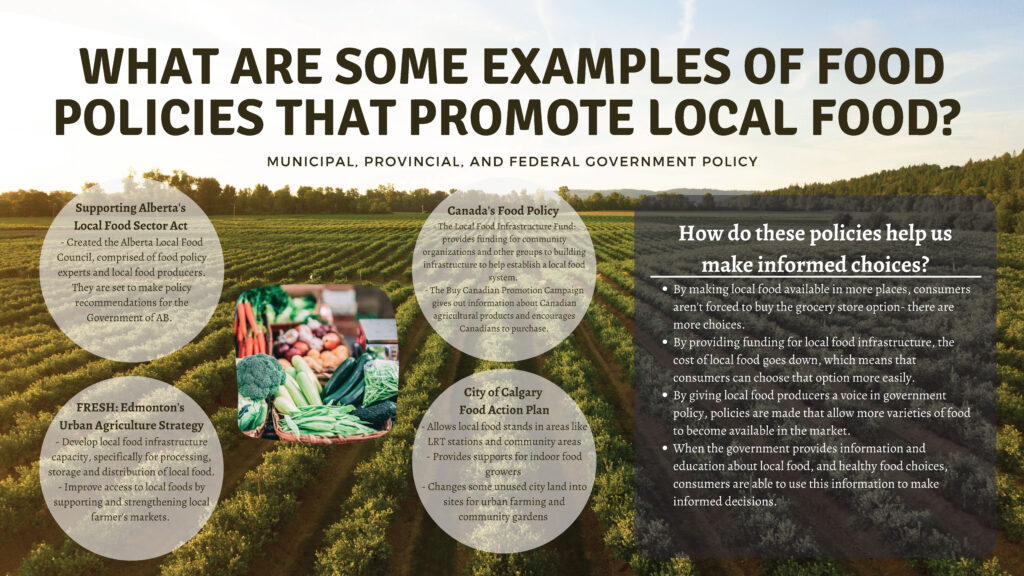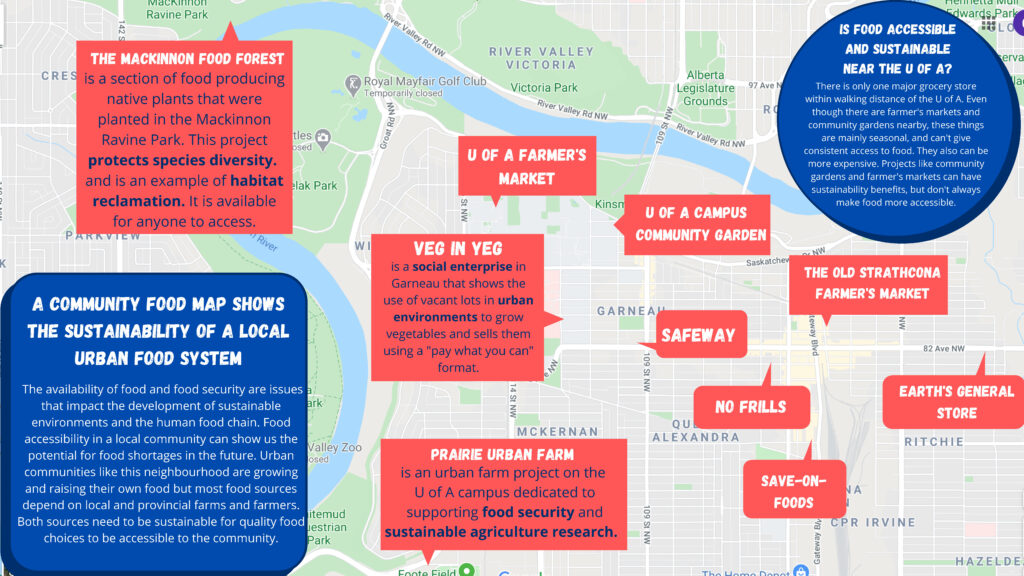Which of these crop plants are members of the grass family?
learn and do

 LEARN: WHAT ARE SOME OF THE CROPS THAT FEED THE WORLD?
LEARN: WHAT ARE SOME OF THE CROPS THAT FEED THE WORLD?
DO: FINDING DIVERSITY IN CROP PLANTS
build these competencies
food variety
Did you know that much of the world’s population depends mainly on foods that come from just a few main plants?
According to the Food and Agriculture Organization of the United Nations, the world’s food supply depends on fewer than 200 plant species.
- Of these plant species, only 9 provide about two-thirds of the total crop production in the world.
- More than half of the world’s food energy comes from three major crops – wheat, rice and maize (corn).
- The other crops that make up these 9 main plant species include sugar cane, potatoes, soybeans, oil-palm fruit, sugar beet and cassava.
- The most widely grown cereal crops in the world are – in order – corn, wheat, rice, barley, sorghum, oat and rye.
![]() What does the infographic suggest about the diversity of crops used for food?
What does the infographic suggest about the diversity of crops used for food?

the difference between crops and plants
All crops are plants, but not all plants are used as crops.
Crops are plants that are cultivated, including fruits, vegetables, cereals, oilseeds and pulses.
- Wheat, barley, oats, rice, potatoes, beans, bananas, soybeans, canola and tomatoes are some examples of food crops.
- Crops can also be grown for livestock feed. Examples include alfalfa and oats.
- Crops like cotton and hemp are fibre crops. These are grown for the production of textiles and paper.
- Oilseed crops, such as canola and soybeans can be harvested for human use as well as use in products like oil paints and soaps.
- Plants such as roses and tulips as well as shrubs and trees can be considered ornamental crops and are important to horticulture and landscaping.
![]() How would you summarize differences or similarities between a crop and a plant?
How would you summarize differences or similarities between a crop and a plant?
crop diversity in Alberta
![]() Watch this original project AGRICULTURE video interview to learn about the diversity of plants that are grown in Alberta for food.
Watch this original project AGRICULTURE video interview to learn about the diversity of plants that are grown in Alberta for food.
comparing crops and plants
- Crops are plants grown in large quantities for food or other human uses.
- Crops are cultivated by farmers.
- Crops play an essential role in food production, for fibre and as raw materials for the production of other products.

- Plants are multicellular living things, capable of photosynthesis and belonging to the plant kingdom Plantae.
- Plants grow naturally in the environment.
- Plants play an essential role with all life on earth.

preserving crop diversity
Seed banks are places where seeds are stored to preserve the diversity of plants, including crop plants.
The Plant Gene Resource of Canada is part of a worldwide network of gene banks that collect, preserve, study, increase, and distribute plant germplasm. The work of the plant gene bank makes sure that the plant biodiversity for food and agriculture is preserved and protected.
The Plant Gene Resource of Canada was established in Ottawa in 1970. Today, there are three collections, each with their own specialization:
- Fredericton, New Brunswick: Potatoes
- Harrow, Ontario: Fruit trees and small crops (for example, apple and strawberry)
- Saskatoon, Saskatchewan: All seed germplasm (cereals, crop wild relatives, horticultural plants) including the Crucifer species (for example, canola and mustard)
The Svalbard seed bank is located in Norway. It has saved almost a million varieties of crop seeds. It is a long-term seed storage facility, built to stand the test of time — and the challenge of natural or man-made disasters. It is located deep inside a mountain on a remote island in the Svalbard archipelago, halfway between mainland Norway and the North Pole. The Seed Vault represents the world’s largest collection of crop diversity.
Find out more on the Crop Trust website at www.croptrust.org/our-work/svalbard-global-seed-vault/.











